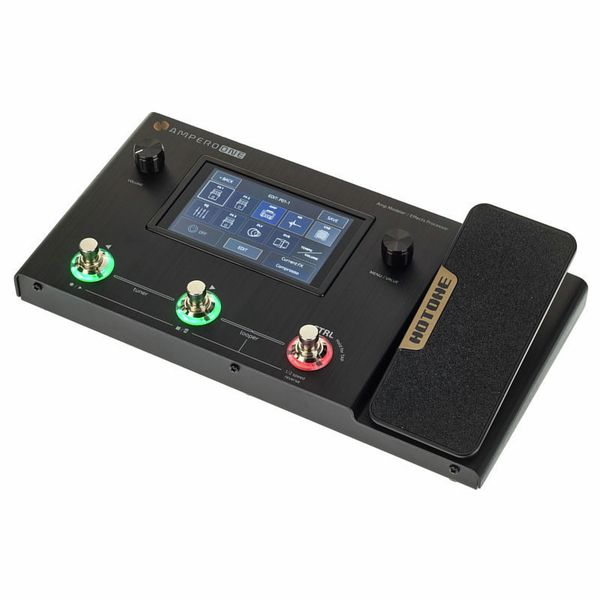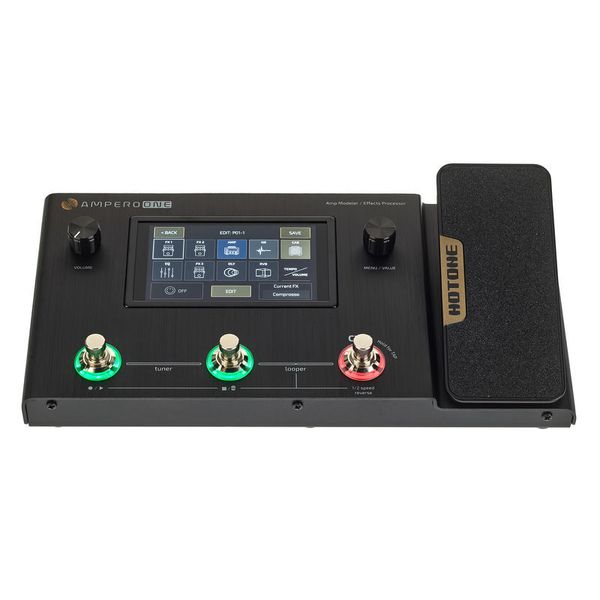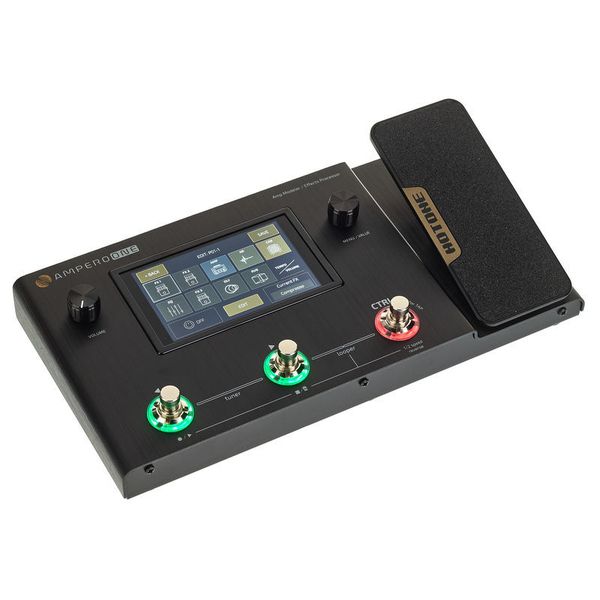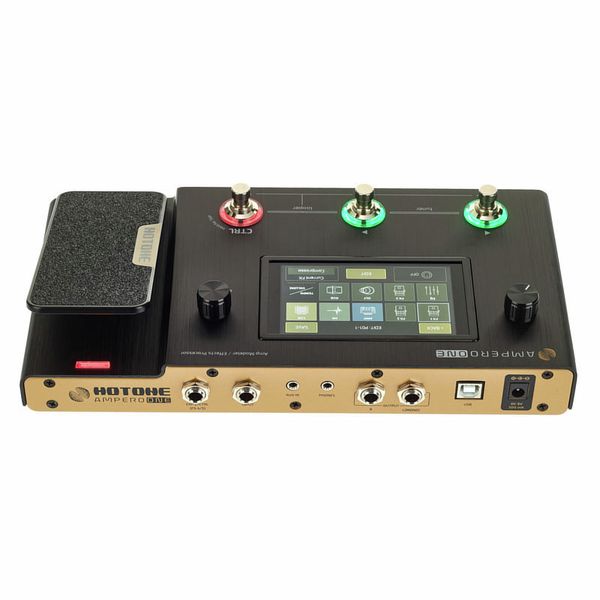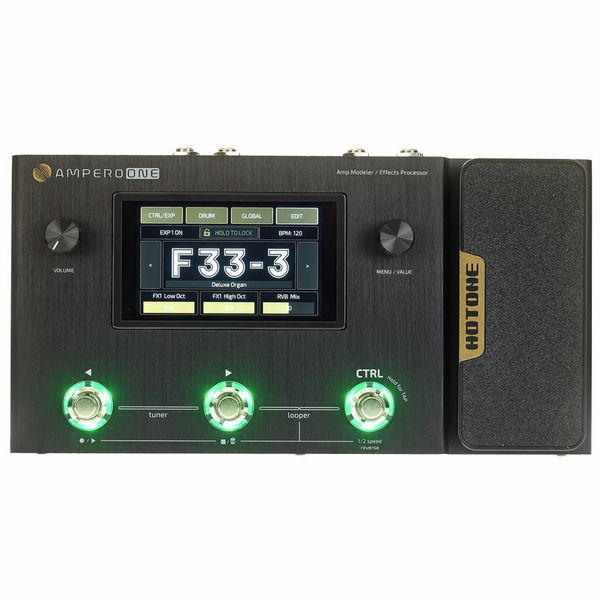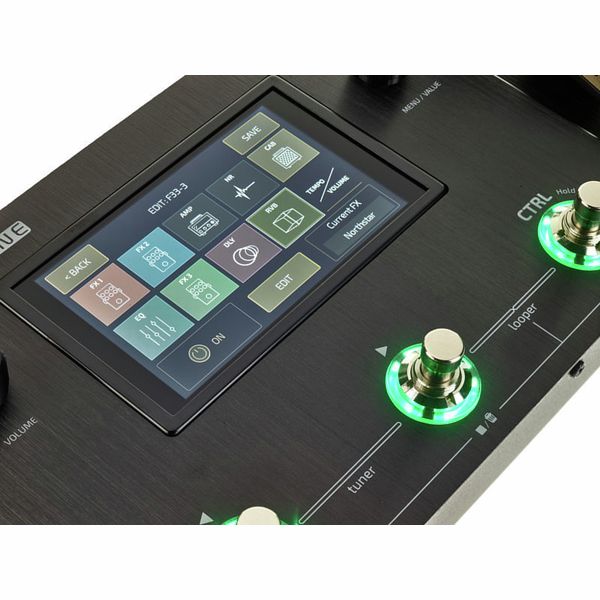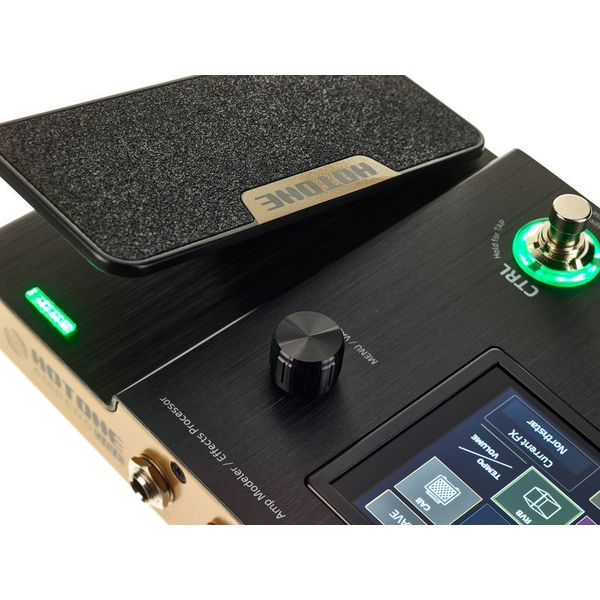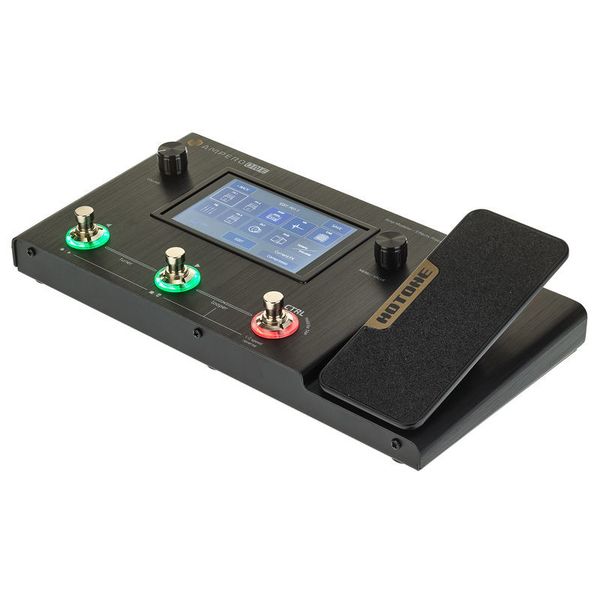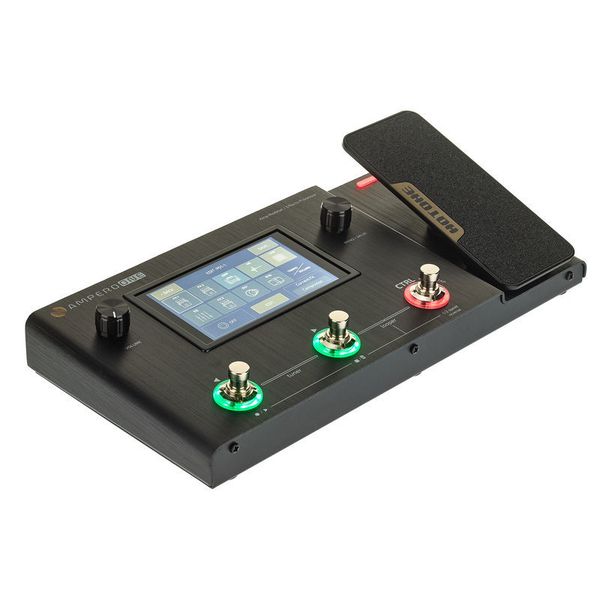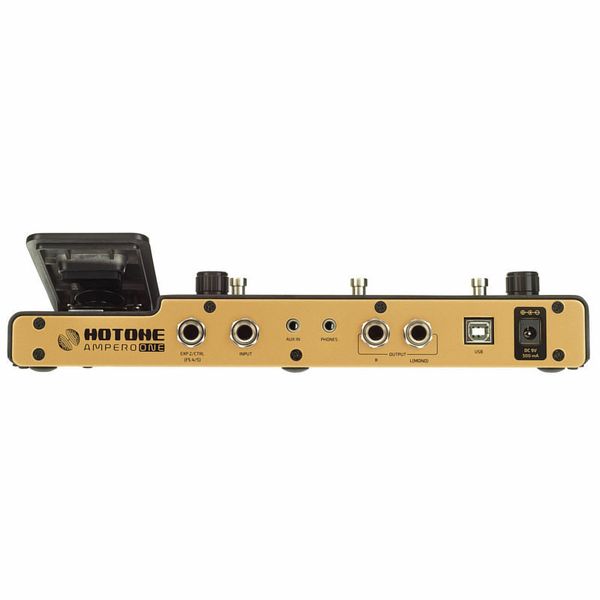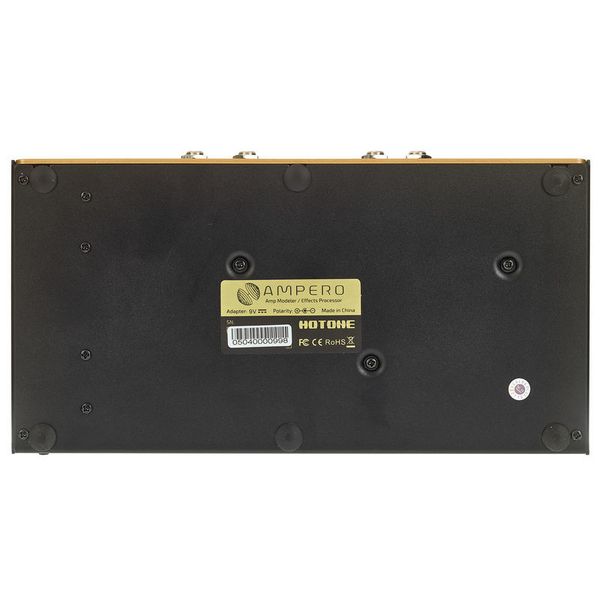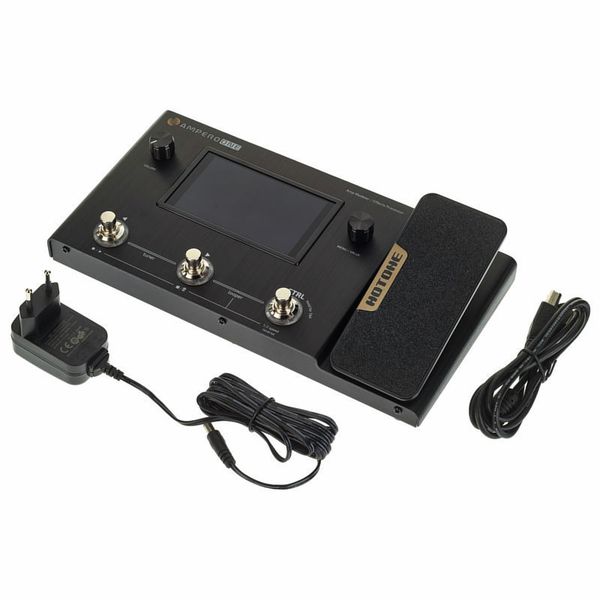I tried digital modelling many times, and always went back to tube amps eventually. The first time was a 1st generation Line6 Spider amp, 20 years ago. Sold it for a full Engl tube rack. Then I got a POD for home practice, it was fun but not realistic in any sense. Sold it for a Fender Super Champ XD (around 2008), which in hindsight was a really good amp. Then smaller-wattage tube amps became more popular and I didn't look at modelling amps again until I got myself a Zoom G1on for headphone practice. It was ok but there was always something unnatural about the way it felt, and lots of hiss and digital artefacts.
But this new generation is something completely different. I'm coming from a homemade Plexi-style tube amp, an EVH 5150 III lbx and a Laney IRT studio, along with a bunch of pedals and this is replacing them all for home use. Don't get me wrong, I still think tube amps have their place - cranked up a big space, I'm sure there's a feel and a presence that can't be matched. But at home, I prefer the Ampero into a Celestion G12H30 speaker. It feels alive, the sounds are realistic at any volume (powered by a Harley Benton GPA-100 power amp), there is virtually no hiss and it reacts pretty much like a tube amp - on models like the Plexi or a cranked Fender, for example, turning down the guitar volume knob makes the Ampero react like a tube amp. The dynamics are also very comparable to tube, very sensitive to pick attack.
I found most amp models great and usable. The Orange one is a bit of a disappointment as I'm not getting the grunt of a Rockerverb but all the rest is super good. The JCM900 is surprisingly amazing at high gain, the Recto is fat and chuggy, the 5150 has this typical grunt. Fender Deluxe is nice and sparkly but can be pushed. Tweed is warm and beautiful, Plexi full of bark and cutting highs. At low volumes, I don't think anything can beat it (apart maybe from more expensive modellers, haven't tried those).
Just a note on the output: all of the above opinion is about the Ampero plugged into a real guitar cab with Celestion G12H30 speakers via a SS power amp, that means with cab sims deactivated.
At first, my plan was to use it with a FRFR speaker and cab sims but that was very disappointing. I had bought a Celestion FXA200 (Full range "live" response) speaker to put into my 2x12 but all I got was fizz and a very weak sound with no body to it. I tried several impulse responses (Celestion, Ownhammer, etc.) and, while they were a massive improvement over the stock IRs in the Ampero, it still felt really flat and, well "digital" compared to plugged into a power amp straight into a guitar speaker. I also tested it plugged straight into my powered monitoring studio speakers, and got a similar sound to the Celestion FRFR. (Note: Celestion is recommending a specific bass reflex build for this speaker, which I didn't do, so I can't really comment on that. All I'm saying is that the Ampero sounded bad through it when chucked into a standard guitar cab.)
The unit itself is very well built, very practical. The software is great (need to update the firmware for it to work, look for instructions on youtube as that's not explained in the manual). The effects are just ok, I found (I mostly use reverbs and delays). They do the job but the delays and reverb are nothing to go crazy about. The spring reverb is quite bad - to me the Plate sounds more like a Spring should, anyway.
But the most important thing for me is how it feels. Basically, it makes me want to play. I'm having so much fun. For low volume practice, it's the best thing I've had in a long time. And at that price!


